Get ready for a man-made fireball. A object discovered by the Catalina Sky Survey on Oct 3rd temporarily designated WT1190F is predicted to impact the Earth about 60 miles (100 km) off the southern coast of Sri Lanka around 6:20 Universal Time (12:20 a.m CST) on November 13.
The object orbits Earth with a period of about three weeks. Because it was also observed twice in 2013 by the same survey team, astronomers have the data they need to model its orbit and trajectory, and as far anyone can tell, it’s likely man-made.
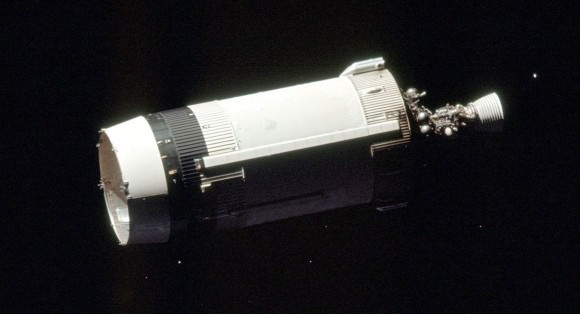
Solar radiation pressure, the physical “push” exerted by photons of sunlight, is proportional to a space object’s area-to-mass ratio. Small, lightweight objects get pushed around more easily than heavier, denser ones. Taking that factor into account in examining WT1190F’s motion over two years, the survey team has indirectly measured WT1190F’s density at about 10% that of water. This is too low to be a typical asteroid made of rock, but a good fit with a hollow shell, possibly the upper stage of a rocket.
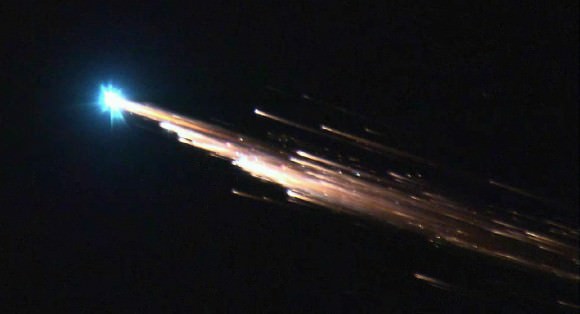
It’s also quite small, at most only about six feet or a couple of meters in diameter. Most or all of it is likely to burn up upon re-entry, creating a spectacular show for anyone near the scene. During the next week and a half, the European Space Agency’s NEO (Near-Earth Object) Coordination Center is organizing observing campaigns to collect as much data as possible on the object, according to a posting on their website. The agency has two goals: to better understand satellite re-entries from high orbits and to use the opportunity to test our readiness for a possible future event involving a real asteroid. The latter happened once before when 2008 TC3 (a real asteroid) was spotted on October 6, 2008 and predicted to strike Earth the very next day. Incredibly, it did and peppered the Sudan with meteorites that were later recovered.
Assuming WT1190F is artificial, its trans-lunar orbit (orbit that carries it beyond the Moon) hints at several possibilities. Third stages from the Saturn-V rockets that launched the Apollo missions to the Moon are still out there. It could also be a stage from one of the old Russian or more recent Chinese lunar missions. Even rockets used to give interplanetary probes a final push are game.
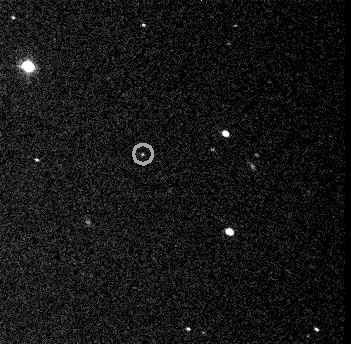
Case in point. What was thought initially to be a new asteroid discovered by amateur astronomer Bill Yeung on September 3, 2002 proved a much better fit with an Apollo 12 S-IVB (third) stage after University of Arizona astronomers found that spectra taken of the object strongly correlated with absorption features seen in a combination of man-made materials including white paint, black paint, and aluminum, all consistent with Saturn V rockets.
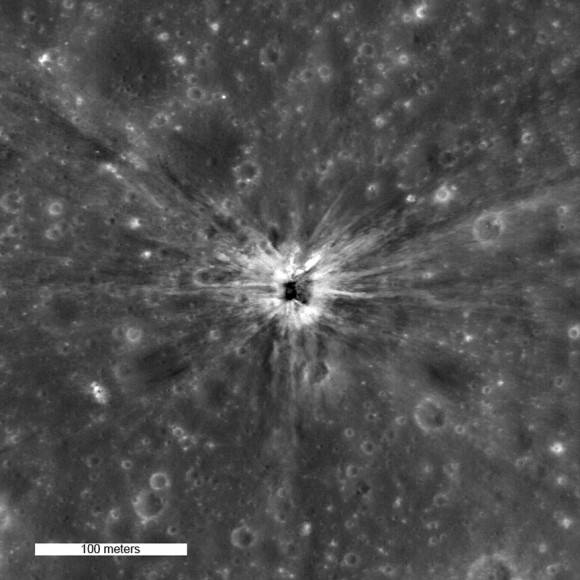
Apollo 13’s booster was the first deliberately crashed into the Moon, where it blew out it a crisp, 98-foot-wide (30-meter) crater. Why do such a crazy thing? What better way to test the seismometers left by the Apollo 12 crew? All subsequent boosters ended their lives similarly in the name of seismography. Third stages from earlier missions — Apollos 8, 10 and 11 — entered orbit around the Sun, while Apollo 12, which is orbiting Earth, briefly masqueraded as asteroid J002E3.
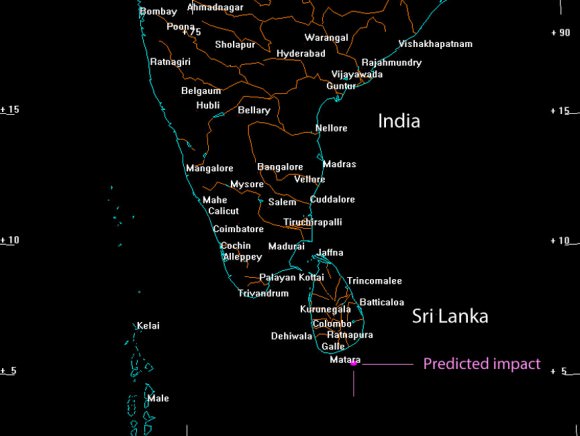
Bill Gray at Project Pluto has a page up about the November 13 impact of WT1190F with more information. Satellite and asteroid watchers are hoping to track the object before and right up until it burns up in the atmosphere. Currently, it’s extremely faint and moving eastward in Orion. You can click HERE for an ephemeris giving its position at the JPL Horizons site. How exciting if we could see whatever’s coming down before its demise on Friday the 13th!

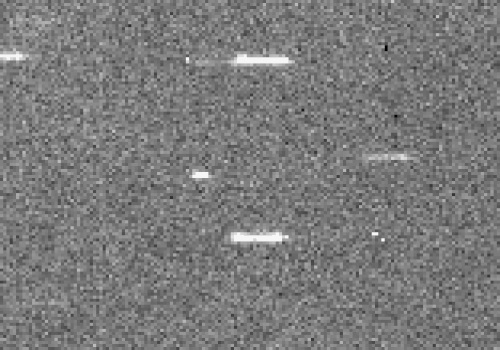
Hi Bob,
Many thanks for the heads up on this one – I know this sort of thing has happened before but not on Friday 13th!!! The hoax makers and their troublesome friends should have a field day.
Brian Sheen – Roseland Observatory.
Brian,
Yeah, I know that date may cause some excitement. Probably the wrong kind!
About the orbits of these things – do these man-made objects, aside from gravity assists, get boosted to such orbits that they get to be trans-Neptunian often?
Or I’m missing something – the linked “for more information over at plutobobject makes it seem that it is only orbiting the Earth back and forth alittle passed the moon… not Trans-Neptunian!
Hi Steven,
Definitely not trans-Neptunian. You may have mis-read — it’s “trans-lunar”.
whoops!
OK – back on track…. any idea what made it loose energy in the last orbits to impact? Seems like it has been orbiting for years. Did it get diverted by the Moon or something? Seems like atmospheric drag wouldn’t be the issue.
Understandable ‘whoops!’ since we’re usually talking trans-Neptunian around here. My guess is that its interaction with the Sun and Earth’s gravity changed its orbit. Something very similar put the Apollo 12 booster into Earth orbit for a while. Click here for a cool illustration of how that third stage made the transition from solar to Earth orbit: http://neo.jpl.nasa.gov/j002e3/j002e3d.gif
Indeed – and it looks like a close encounter with the Moon near the end of the animation yanked it out of the area.
Steve – Good eye – exactly!
WT1190F impact simulation:
http://www.youtube.com/watch?v=7KlqlY4cgLM
thanks.
As an amateur astronomer, I have seen a couple re-entries of old spacecraft. What usually sets them apart from simple meteors are the colors they exhibit i.e. gold(s) and green(s) and blue(s) are not uncommon. I presume these colors are due to earthly metals and/or unspent fuel vaporizing during re-entry? And, since ‘space junk’ is usually traveling much slower than most meteors, they are obviously something else……..*
Is there a follow up story as we are now close to reentry?